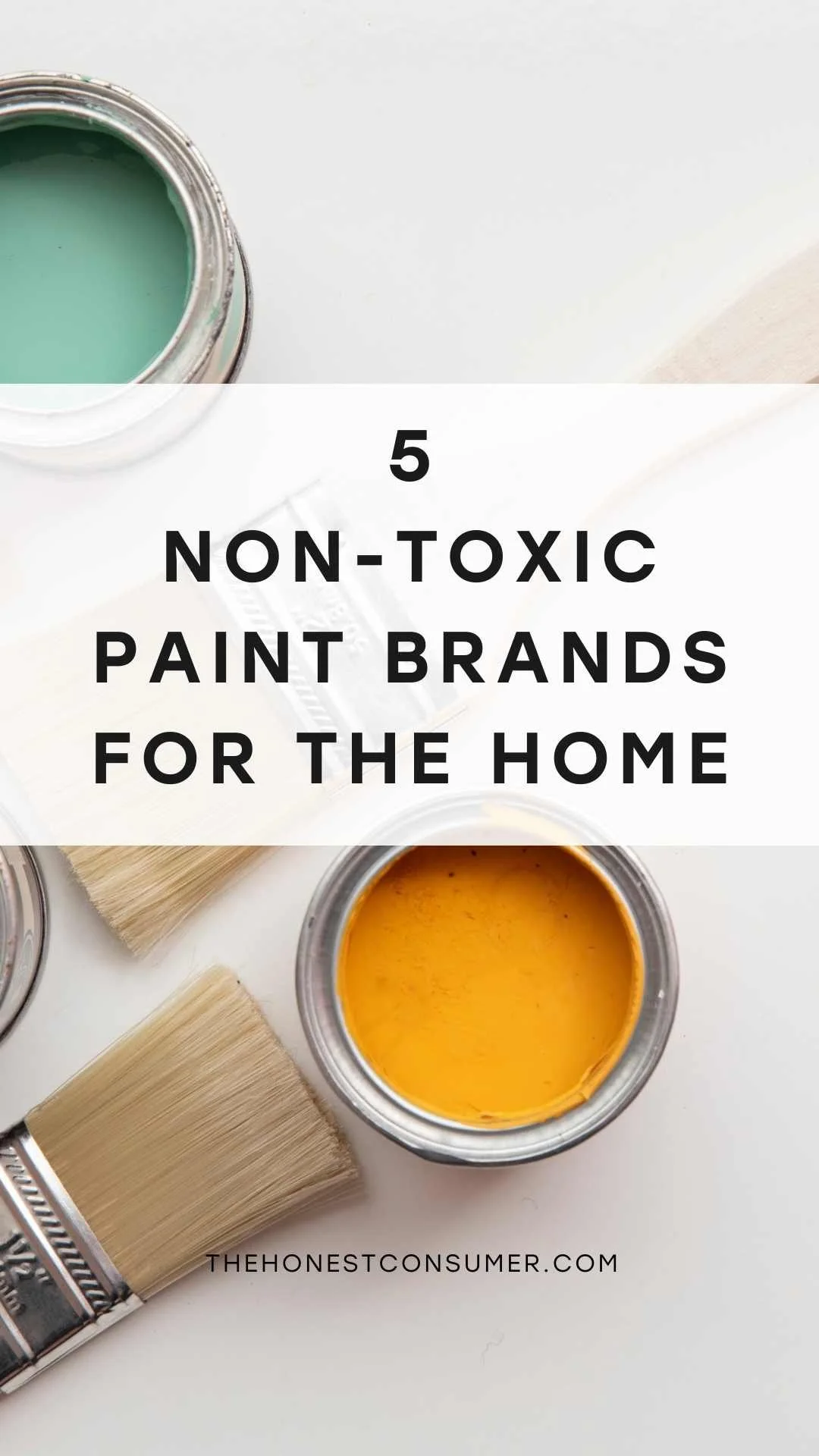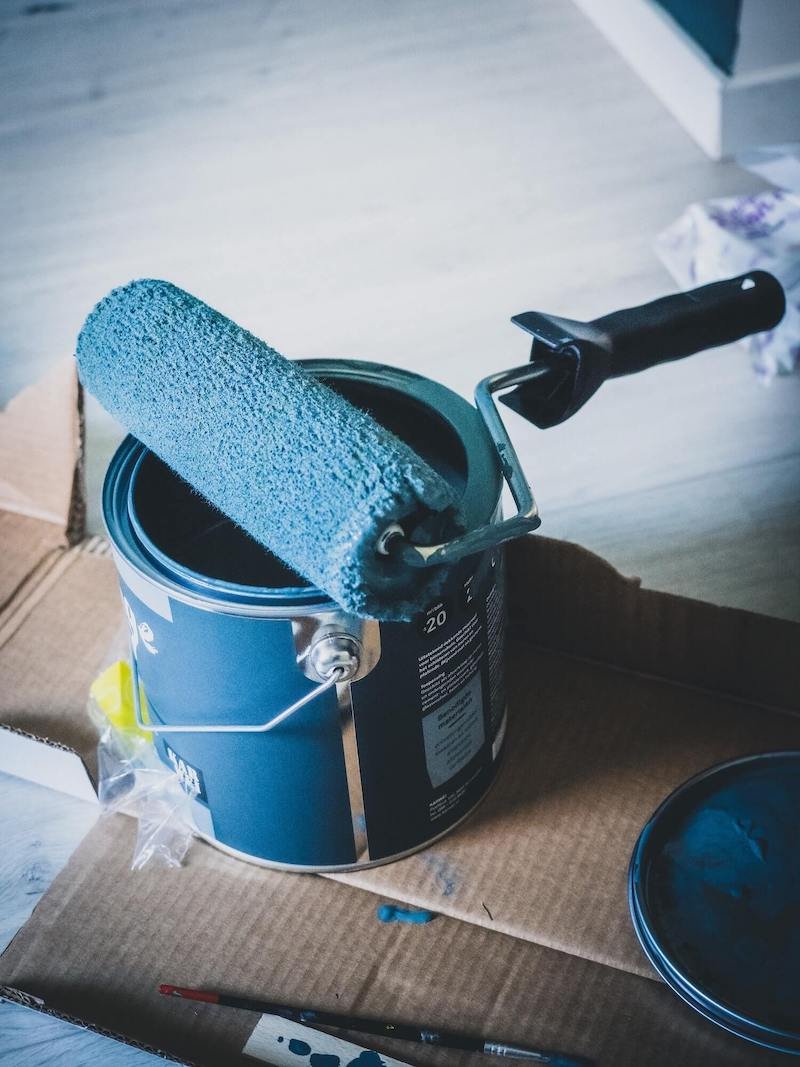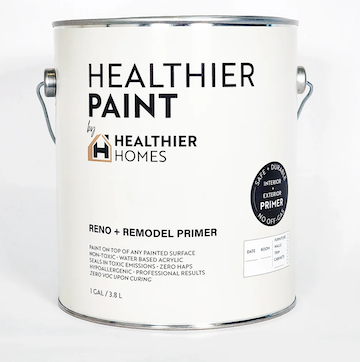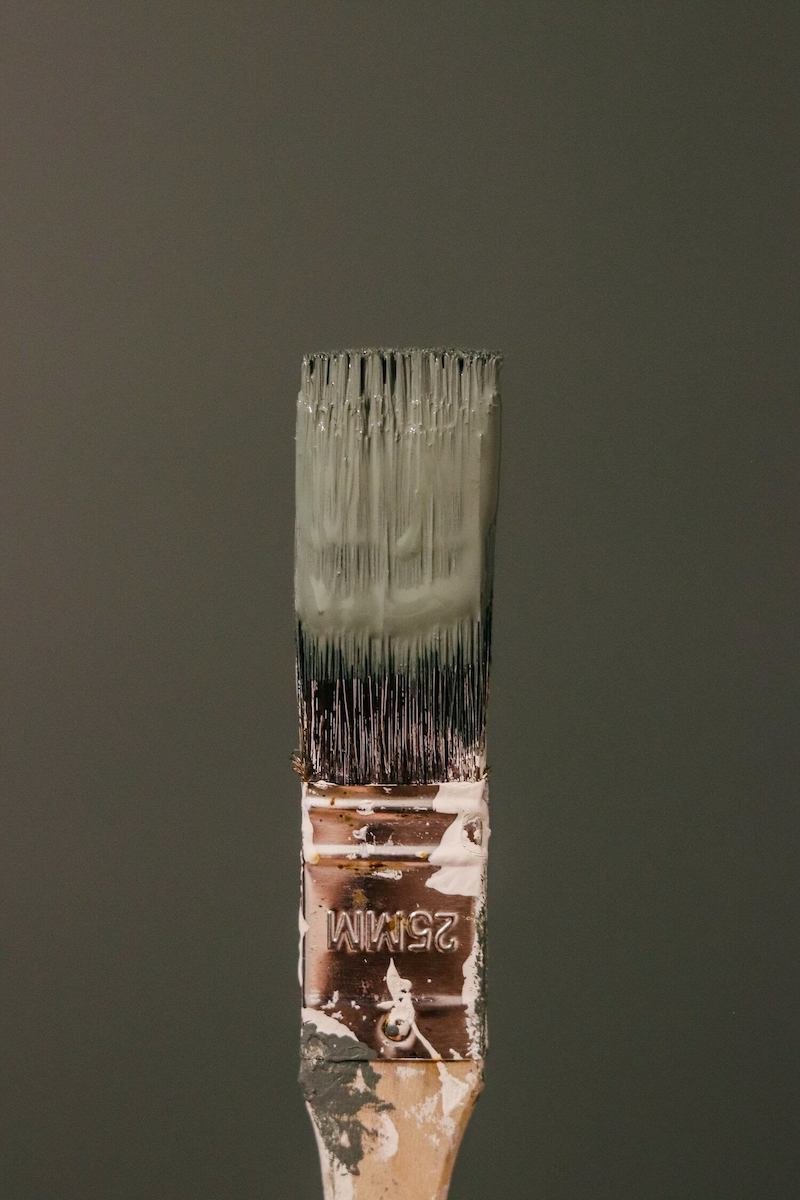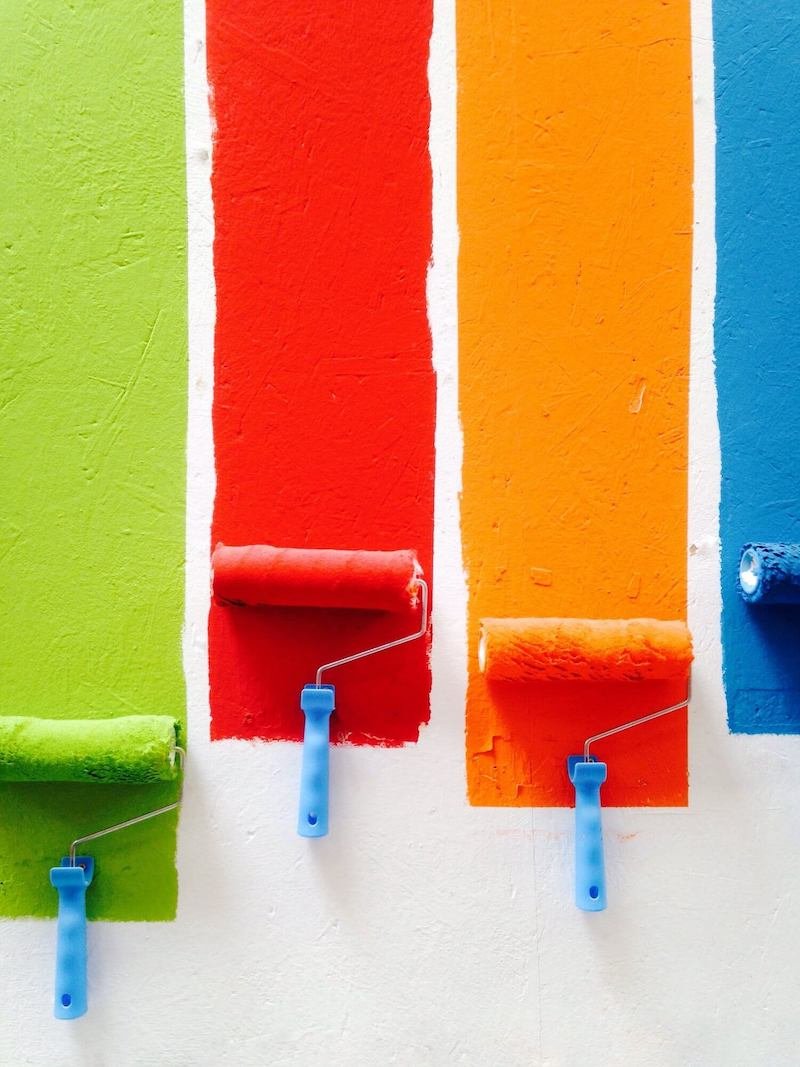The Best Zero VOC & Non-Toxic Paints for an Eco-Friendly Home
A fresh coat of paint is a great way to spruce up a home or introduce change.
It’s also an important step in maintaining your home as painting walls can add a layer of protection against the elements outdoors and cover up stains indoors, improving the appearance and value of your home.
But, you wouldn’t want the good intentions of your paint job to be negated by the knowledge that it could be degrading the quality of the air you breathe. That new paint smell isn't always a good thing!
This guide will explore the health and environmental impacts of paint, while providing consumers with a list of non-toxic paint companies.
This post does contain some affiliate links. If you decide to make a purchase The Honest Consumer may receive a commission. Our commission is at no additional cost to you.
Are Conventional Paints Toxic?
Paint can be toxic as it contains chemicals. These are off-gassed as volatile organic compounds (VOCs), affecting the quality of the air around you with the potential for various negative health and environmental impacts.
Health Impacts of Traditional Paint
Regardless of the paint you use, keep the area you are painting well-ventilated. Paint fumes can irritate the skin, as well as the eyes, nose, and throat.
Inhalation can also lead to headaches, nausea, light-headedness, and breathing problems, and can trigger asthma. Long-term exposure can affect the nervous system, liver, and kidneys.
Paint is also dangerous when ingested, especially oil-based paint, so be sure to keep it out of reach of children and pets.
Lead-based paint used to be a major concern because it could result in lead poisoning.
Building up in the body, lead can cause a variety of health complications, especially for children. These include developmental delay, fatigue, and seizures in children, and high blood pressure, joint and muscle pain, and mood disorders in adults.
While the federal government banned lead-based paint in homes in 1978, it may still be present in houses built before this time. Take extra precautions when remodeling or renovating, especially when peeling or chipping paint.
Environmental Impacts of Standard Paints
Paint can also be toxic to the environment. When VOCs react with nitrogen oxides they produce ozone pollution. This reaction happens in the atmosphere which means it can travel, with the wind flinging it far and wide.
5 Non-Toxic and Eco-Friendly Paint Brands
If you're looking for nontoxic paint for your home there are some great options! To make it easy we've created a list featuring brands that provide safe paint options.
Healthier Homes' Water-Based Zero-VOC Paint
Healthier Homes live up to their name by specializing in natural furniture, organic décor, and non-toxic paint.
Their zero-VOC primers and paint are formulated to block chemical off-gassing from surfaces. Made in the United States, their durable paints are water-based, non-toxic acrylics blended with organic clay and minerals.
They’re also odorless and contain no hazardous air pollutants, ammonia, acetone, aromatic petroleum solvents, PVC, formaldehyde, biocides, or paraffin wax.
This family owned paint brand priorities having a safe home. Healthier Homes offers different types of paint including flat, semi-gloss, matte, gloss, sealant, and furniture paint.
Healthier Homes paints can be purchased starting at $72 a gallon. Healthier Homes can also match paint colors for customers.
Healthier Homes founders also have their own book, Healthier Homes: A Blueprint for Creating a Toxin-Free Living Environment. This book helps educate consumers on how to build and furnish their homes to be less toxic.
Use the discount code HONEST for 10% off your Healthier Homes order!
ECOS Paints VOC-Free Paint
To formulate a healthier and safer product, ECOS developed a new pigmenting system for their paint that provides great color – and that is durable and easy to apply – but without harsh chemicals and VOCs.
Manufactured in Spartanburg, South Carolina, their water-based paint is zero-VOC. No toxic solvents are added, it has no polyurethane odor, and full ingredient lists provide transparency about what is in their products.
ECOS paints can be purchased starting at $84 a gallon.
Green Planet Paints Offering Zero VOC Water-Based Paints
Started in 1993, Green Planet Paints is committed to putting nature back into paint, formulating eco-friendly products by sourcing mostly recycled and renewable materials from industrial and plant waste streams.
Their water-based indoor and outdoor paints are zero-VOC and made from natural materials like minerals, clays, and plant oils.
Their products are not only eco-friendly but also durable and long-lasting.
Safe to use around children and pets, Green Planet Paints exceeds standards set by the EPA and USDA when it comes to limiting chemicals in their products.
Green Planet Paints can be purchased starting at $66 a gallon.
The Real Milk Paint Company's Natural Paint Options
The Real Milk Paint Company offers something similar to the time-honored milk paint formula, using milk casein (a milk protein), lime, plant-based filler, and pigments to make their non-toxic, eco-friendly, and child-safe powdered paint.
The latter has several advantages: as it’s a dry product, no preservatives need to be added. It also gives the product an increased shelf life and amounts to less weight in shipping, reducing its carbon footprint.
Their milk paint is great for use on repurposed furniture, as well as painting walls and ceilings.
Started in Pennsylvania and now based in Tennessee, The Real Milk Paint Company has manufactured 56 unique colors.
It is zero-VOC and does not contain mildewcides, because the pharmaceutical-grade lime that is used has antiseptic properties, naturally reducing the possibility of mildew.
Their zero-VOC paints can be used for furniture, cabinets, walls, and more.
The Real Milk Paint Co. paints can be purchased for $77 a gallon.
Non-Toxic Paint Shopping Tips
Shopping for eco-conscious paint can be overwhelming, so here are a few tips to help you get started!
Know What Type of Paint to Look For
To make safer paint choices for your home, opt for water-based over oil-based paint, as the former tends to give off fewer VOCs.
Milk paint – a powdered paint – is also a good choice. In addition to being water-based, it is made from natural ingredients.
It used to be made from curdled milk or cottage cheese, lime, and earth pigments, and today is made with similar formulas that are not only non-toxic but even biodegradable.
Store and dispose of paint cans and other paraphernalia such as brushes and trays responsibly
You want to avoid paint entering the environment and poisoning it with toxic chemicals by leaching into your home and garden or into landfills once it’s been disposed of.
You also do not want children or pets or other animals to be able to access it and accidentally ingest it.
Choose No or Low VOC Paints
Look for paint brands that contain fewer or zero VOCs. However, be cognisant that even paints labeled as zero-VOC may still contain VOCs.
The threshold for low-VOC paint is 50 grams of VOCs per liter, while for zero-VOC it is 5 grams per liter. These are important to consider when choosing a paint for the walls inside your home.
Be Aware of Toxic Ingredients
Read ingredient labels carefully to avoid toxic ingredients. The VOCs found in conventional paint include toluene, xylene, acetone, formaldehyde, and benzene.
Benzene, found in oil-based paints, is a carcinogen.
Labels such as “natural” and “non-toxic” can be helpful, but bear in mind that these terms are not regulated.
Third Party Certifications Consumers Should Look For
To guide you in making safer choices, keep an eye out for third party certifications that test a product’s safety and keep the environment in mind. These include:
Cradle to Cradle: Tests products across five categories of sustainability performance: material health, product circularity, clean air and climate protection, water and soil stewardship, and social fairness.
GREENGUARD: Paint formulas and manufacturing undergo testing for VOCs and hazardous chemicals.
Green Seal: Awards certification to paints, coatings, and adhesives based on low-VOC content and safer formulas.
Green Wise: Products are independently tested to meet or exceed VOC standards. It also prohibits the use of certain chemical components such as methylene chloride, phthalates, and formaldehyde, as well as heavy metals such as cadmium, lead, and mercury.
Hopefully this guide has helped you learn what to look for when shopping for paints for your home, so that you can make the best choice for your family to avoid health risks and choose a paint free from harmful chemicals.
We hope our list made it easier to chose a non-toxic paint brand for your next painting project!
More Eco & Non-toxic Home Guides:
For more tips & tricks on sustainable living be sure to follow The Honest Consumer on social media, subscribe to our newsletter, & check out the Ethical & Sustainable Brand Directory.

